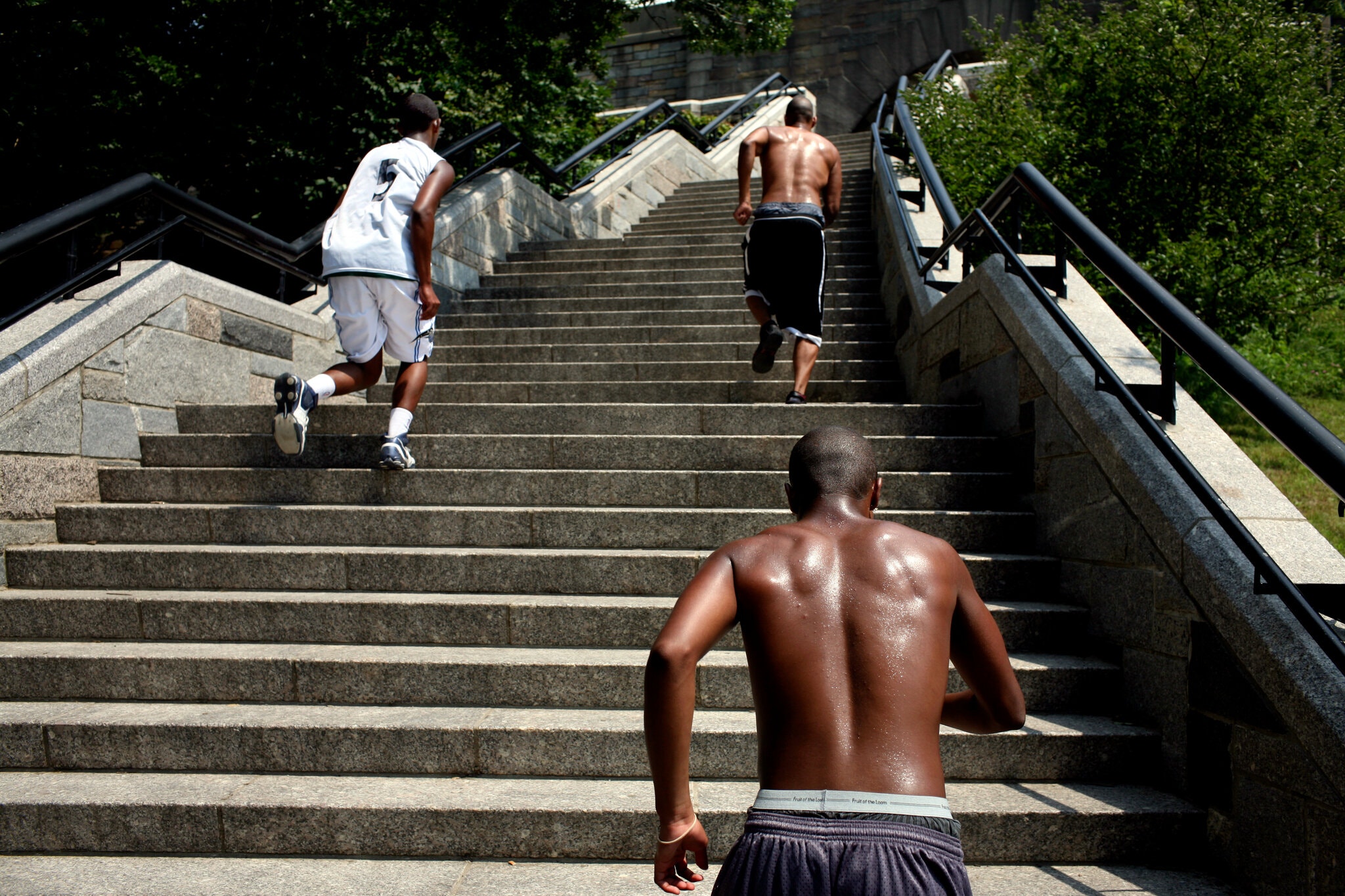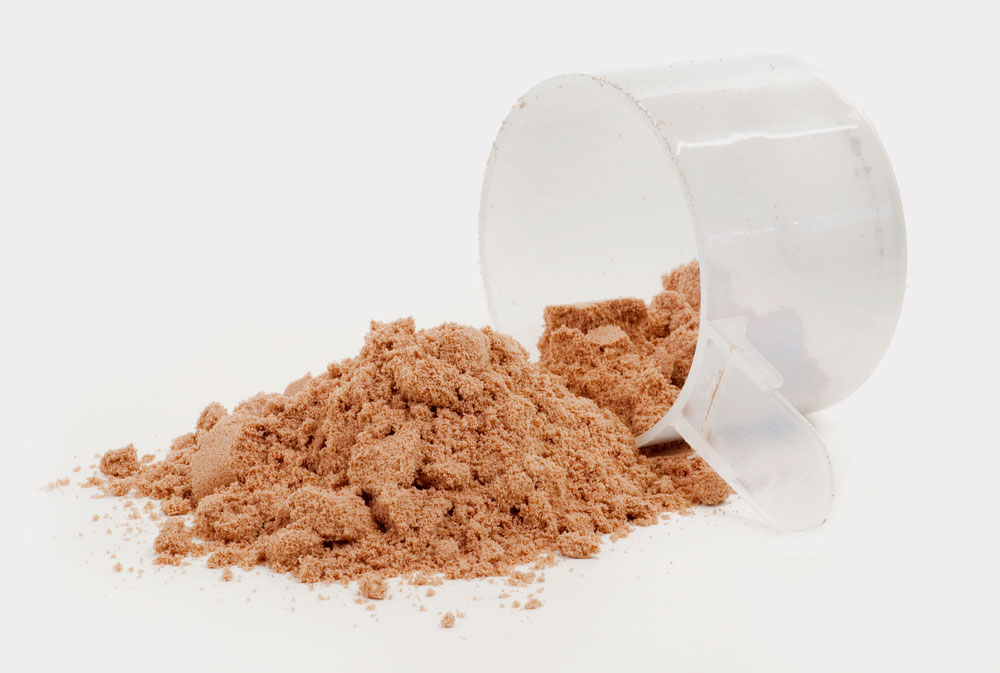Exercise Vigorously for 4 Seconds. Repeat. Your Muscles May Thank You.
Exercise Vigorously for 4 Seconds. Repeat. Your Muscles May Thank You.

High-intensity interval training has surprising benefits for fitness and physical power, but don’t stay seated the rest of the day.
A mere four seconds of all-out exercise, repeated two or three dozen times, could be all many of us need to build and maintain our fitness, strength and physical power, according to an inspiring new study of the potency of super-quick workouts. The findings expand on other, recent studies showing that four-second interval workouts beneficially affect metabolism and muscles in adults of various ages. But they may also highlight new concerns about what we miss if we make our workouts too brief.Almost anyone with even a passing interest in exercise and health has heard by now of high-intensity interval training, or HIIT, a topic I have covered frequently in this column. A typical HIIT workout involves repeated, short bursts of arduous effort, known as intervals, interspersed with rest periods.For generations, athletes interval trained to amp their speed and performance. But for most of us, HIIT’s primary allure is its brevity. In past studies, workouts with intense intervals ranging in length from four minutes or even less improved aspects of health and fitness to the same or a greater extent than much longer sessions of continuous, gentler exercise, like jogging or walking. For HIIT fans, the high-intensity workouts often represent their primary or only form of exercise.
The ideal length of the individual intervals remains uncertain, though. Most exercise scientists agree an interval should strenuously stimulate and pressure our hearts, lungs and muscles, prompting them to remodel themselves in beneficial ways. But such intense workouts should not be so draining we cannot finish the intervals or wish afterward never to work out again. Each interval should be, in essence, as grueling and as tolerable as possible.
For Edward Coyle, a professor of kinesiology and health education at the University of Texas at Austin, that meant an interval sweet spot of about four seconds. He and his colleagues arrived at that eyeblink number after studying fit, professional athletes. During physiological testing at Dr. Coyle’s lab, the athletes generated titanic speed and power while pedaling specialized stationary bicycles that feature a heavy flywheel and no resistance. (Dr. Coyle has equity in the company that manufactures the bicycles, but says his monetary involvement does not affect research results from his lab.)Within about two seconds of pedaling these unique bikes, the athletes reached an all-out, maximum level of aerobic effort and power output, Dr. Coyle and his colleagues found, an effort they could maintain briefly, but repeat often, with a few seconds of recovery time in between.The rest of us, not being fit professional athletes, might require more time to reach our maximum aerobic effort and power output during similar cycling intervals, Dr. Coyle reasoned. But even twice as long would only be four seconds.Could four-second intervals really provide enough exercise, though? To try to find out, he and his colleagues set up a series of recent experiments.
During the first study, published last year, they asked college students to complete five repetitions of four-second intervals on the specially designed bikes every hour throughout an eight-hour workday. They found that the volunteers metabolized fat much better the following day than if they sat all day without exercising.
Similarly, a broader, longer-term study involving out-of-shape, older adults showed that regular, four-second interval workouts, during which volunteers repeated the tiny but intense intervals on the bikes at least 15 times per session, significantly raised their aerobic fitness and leg muscle mass after eight weeks.But whether four-second interval workouts meaningfully would improve fitness and muscular power in people who started off in good shape was not yet clear. So, for the new study, which was published in July in Medicine & Science in Sports & Exercise, Dr. Coyle and his colleagues persuaded 11 healthy, active young men and women to come to the lab and push themselves through 30 repetitions of the four-second, all-out efforts on the bikes, with at least 15 seconds of rest in between. The volunteers completed three sessions of these intervals each week for eight weeks, for a total of 48 minutes of exercise over the two months. They did not otherwise exercise during this time.In that time, they added 13 percent to a crucial aerobic fitness measure and 17 percent to their muscular power, measured by how many watts they produced while pedaling the bike, the researchers found.These results suggest that a few seconds of strenuous effort “definitely provide enough stimulus” to bolster already-robust hearts and muscles, Dr. Coyle said. In practice, he continued, this might mean repeatedly sprinting uphill for four seconds at a time or taking stairs two or three at a time in four-second spurts.The study’s implications also are cautionary, though, he pointed out. Other research, including his earlier study with students, suggests that being sedentary for long periods could have damaging effects on metabolic health, undermining the benefits from high-intensity workouts. So, if you rip through multiple four-second intervals in the morning and then sit, almost unmoving, for the remaining seconds of your day, you may wind up with metabolic problems related to being sedentary, despite those earlier four-second spurts of motion.
“In general, it’s going to be a good idea to get up and move around throughout the day,” he said, “and then sometimes, also, to move around in a way that is physically intense,” even if it lasts as little as four seconds.





